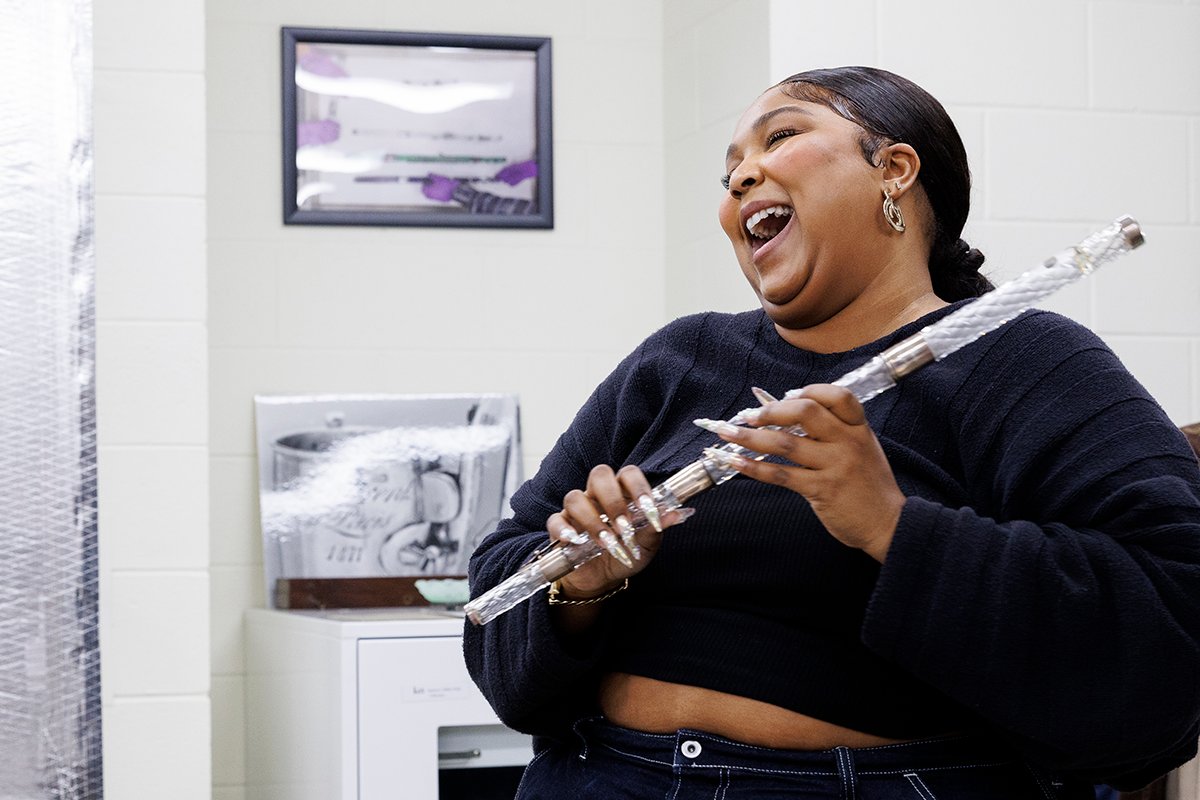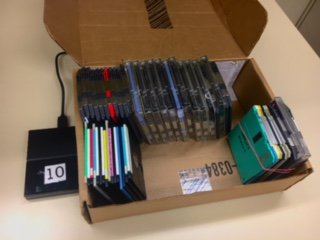Many of you following along with #LizzoAtLOC were surprised that the Library has a flute vault. We are the largest Library in the world & home to more than 173 million objects, so there are many more surprises like that in our collections. Enjoy this thread of just a few of them. 



First: More instruments! @YoYo_Ma has played our 1699 Stradivari cello. We also have George Gershwin's piano, which has been played by #GershwinPrize winners @LionelRichie & @smokeyrobinson. More on instruments: go.loc.gov/WjQO50KXi0V
Follow @Events_LOC for news about concerts!


Follow @Events_LOC for news about concerts!



Among many other treasures, the Library's Rare Book and Special Collections Division has the contents of President Abraham Lincoln's pockets when he was assassinated. We also hold the papers of 23 presidents, from Washington to Coolidge, all digitized. go.loc.gov/mcq950KXbSi 

In the Library's Hispanic Reading Room: The "Otra piel para otra entraña" book-dress. Acquired by the Library in 2018, the one-of-a-kind performative work of poetry takes the shape of a bridal gown that readers unfurl in a celebration of Cuban and American Women poets. 👇
The largest publicly available collection of comic books in the U.S. is housed in the Library's Newspaper and Current Periodical Reading Room. The collection includes more than 140,000 issues. Here, @LibnOfCongress admires some issues of Black Panther. go.loc.gov/hVf150KXcbB 



In the arena of the truly weird, how about 159-year-old wedding cake? Yep. go.loc.gov/f8hi50KXcby
You've seen James Madison's flute. We also have his hair. go.loc.gov/6mJW50KXcbC
A recent issue of our magazine covered some of our more bizarre items: go.loc.gov/qUr850KXcbz

You've seen James Madison's flute. We also have his hair. go.loc.gov/6mJW50KXcbC
A recent issue of our magazine covered some of our more bizarre items: go.loc.gov/qUr850KXcbz


At the Packard Campus in Virginia, @LOC_AV preserves and shares the world’s largest collection of moving images and sound recordings, including those on the #NatFilmRegistry and #NatRecRegistry.
Its art deco theater also hosts free movie screenings. go.loc.gov/hyG050KXf3P

Its art deco theater also hosts free movie screenings. go.loc.gov/hyG050KXf3P


It's hard to even scratch the surface of our collections & 222-year history with a Twitter thread, but stay tuned! Explore and celebrate history with us daily on social media. Plan a visit. Attend a concert or lecture. The Library of Congress is a library for @lizzo AND for you! 

• • •
Missing some Tweet in this thread? You can try to
force a refresh

















